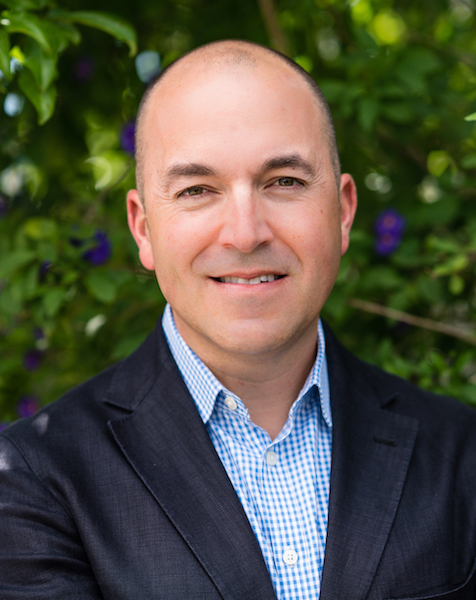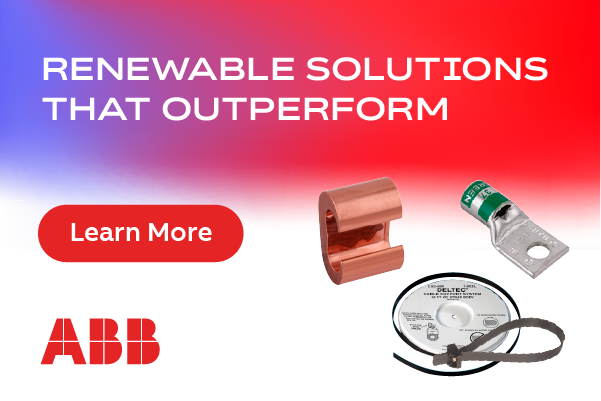Huawei Gears Up For Big Year in North American PV
 Bates Marshall, a seasoned veteran of the US solar energy markets, with over 20 years of executive experience, is now in charge of Huawei's FusionSolar growth strategy in USA. Marshall was previously senior VP at Advanced Energy and before that was VP with SMA Solar. He joined the Huawei in May 2016, as Vice President and General Manager.
Bates Marshall, a seasoned veteran of the US solar energy markets, with over 20 years of executive experience, is now in charge of Huawei's FusionSolar growth strategy in USA. Marshall was previously senior VP at Advanced Energy and before that was VP with SMA Solar. He joined the Huawei in May 2016, as Vice President and General Manager.
At Solar Power International in Las Vegas last month, Marshall outlined the evolution of Huawei's incredible success in solar and the company's vision for the continued rapid growth in the USA.
He pointed out that the key to Huawei's success in PV lies in its history as a telecom and smart phone systems designer and manufacturer.
Marshall stated that the rapid pace of evolution in the network communications industry and the very high demands the industry places on systems uptime, component reliability, smart systems and connectivity are the benchmarks for setting the company's vision of technological development in PV.
Driving the innovation are nine global R&D Centers of Network Energy, employing more than 2000 engineers, 100 PhDs and 800 inverter engineers, including an Inverter Innovation Center in Santa Clara, California. Approximately half of Huawei's 176,000 employees worldwide are involved in R&D.
"Huawei's vision of technological development in PV is based on our experience in developing and deploying wireless network infrastructure and smart phones - high reliability, high availability, rapid innovation, and massive scale. We are both a B2B and B2C consumer-facing company, the number 3 smart phone manufacturer in the world.
"We have taken the key levers of our success in information and communication technology and applied them to PV. That's at the center of our vision for FusionSolar Smart PV solutions."
Marshall pointed out that historically central inverters have offered the lowest capex for large scale PV. But other factors, such as site conditions and complexity of the site design, weigh into the overall equation. These factors can affect systems availability, and negatively impact overall energy production. The improved energy production and reliability of string inverters significantly improve the IRR of solar projects of all sizes.
"Our string inverters are virtually maintenance free in comparison to central inverters - there are no external fans, no filters, and no fuses.
Huawei's FusionSolar solution combines PV technology with digital information and internet technology to enable automated PV system operations and maintenance through smart data collection, high-speed communications and cloud computing.
Marshall says there is an inflection point in the industry at the moment, and Huawei is well positioned to push it further.
"Huawei now has entered the US inverter market with our FusionSolar solution. The company shipped 10.5 GW of string inverters worldwide in 2015. The biggest EPCs are now going down the road with string inverters - we're at a tipping point now versus the legacy central inverter systems. Next year we will build on our success and enter the residential space in Q2. We will bring the same approach of value generation through digitalization and scale as we have brought to the utility-scale and DG markets."
Huawei United States | www.huawei.com/us











.png?r=7686)
